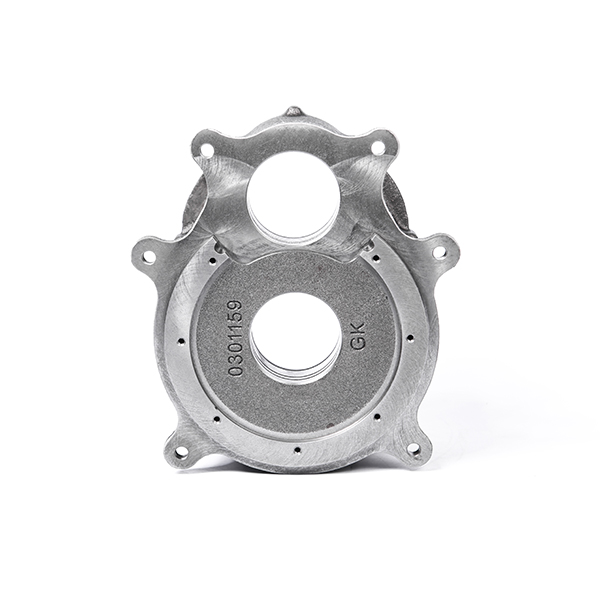Mobile:+86-311-808-126-83
Email:info@ydcastings.com
English
Economic Importance of Precious Metals in Today's Market Trends
The Value of Metals An In-Depth Exploration
Metals have played a pivotal role in the development of human civilization. From the earliest days of humanity, when our ancestors discovered the utility of metals in tools and weapons, to the present age of advanced technology and industry, the value of metals has remained significant. This article will explore the intrinsic value of different metals, their applications, and their impact on the global economy.
Intrinsic Value of Metals
The intrinsic value of metals is determined by several factors, including rarity, utility, and cultural significance. Precious metals, such as gold, silver, and platinum, are often regarded as stores of value due to their limited availability and historical significance as currency. For instance, gold has been used for millennia not only as a medium of exchange but also as a symbol of wealth and power. Its luster, malleability, and resistance to tarnish make it desirable for jewelry and art as well.
On the other hand, base metals like copper, aluminum, and iron, while not as rare or valuable as precious metals, are crucial for their industrial applications. Copper, for instance, is essential in electrical wiring, plumbing, and electronic components due to its excellent conductivity and durability. The demand for these metals is driven by their essential roles in infrastructure and technology, rendering them invaluable to modern economies.
Market Dynamics and Economic Impact
The prices of metals are subject to market dynamics influenced by supply and demand, geopolitical factors, and technological advancements. The global demand for metals has surged with rapid urbanization and industrialization in developing nations. Countries like China and India have become significant consumers of metals, driving up prices and creating new opportunities for mining and trade.
Furthermore, the extraction and processing of metals can have substantial economic implications. Mining operations create jobs and stimulate local economies, but they also raise environmental and ethical concerns. The challenge lies in balancing economic gain with sustainable practices, promoting responsible mining that minimizes ecological impact while maximizing benefits to communities.
value of metals

Technological Innovations Affecting Metal Value
Advancements in technology have significantly altered the landscape in which metals are valued. The rise of electric vehicles (EVs) has led to an increased demand for lithium and cobalt, essential components in batteries. This shift not only highlights the changing dynamics of metal value but also underscores the need for sustainable sourcing practices. As industries evolve, so too does the importance of recycling and repurposing metals, which can alleviate pressure on raw material extraction and enhance their value through circular economy practices.
Cultural Significance and Investment
Culturally, metals symbolize various values across different societies. Gold, for instance, is often associated with wealth, status, and security. In many cultures, it is considered a safe haven asset during times of economic uncertainty, leading to increased investment in gold during market downturns. Similarly, silver has garnered interest not only for its industrial use but also for its potential as an investment.
Investors often turn to precious metals as a hedge against inflation and currency fluctuations. This investor interest impacts market prices, creating a dual dynamic where metals are valued for both their physical properties and their investment potential.
Conclusion
The value of metals encompasses a complex interplay of intrinsic characteristics and external market factors. As we approach an era marked by technological innovation and environmental awareness, the role of metals will continue to evolve. From traditional uses in currency and jewelry to modern applications in technology and sustainable practices, the significance of metals remains profound. Understanding their value is crucial not only for economic considerations but also for navigating the challenges and opportunities that lie ahead in our increasingly interconnected world.











